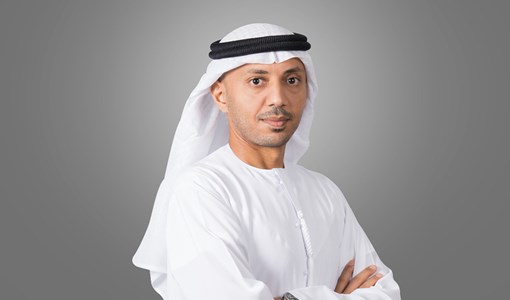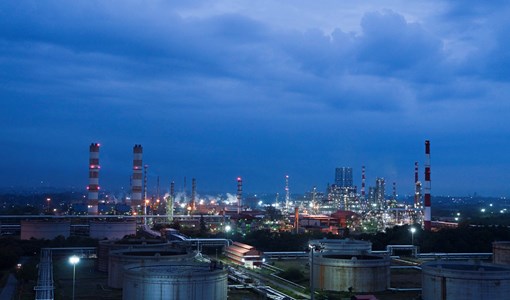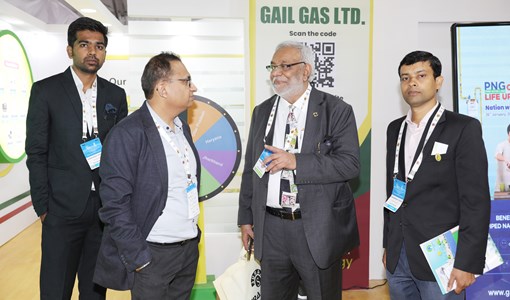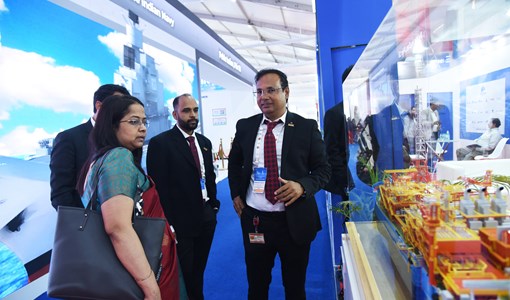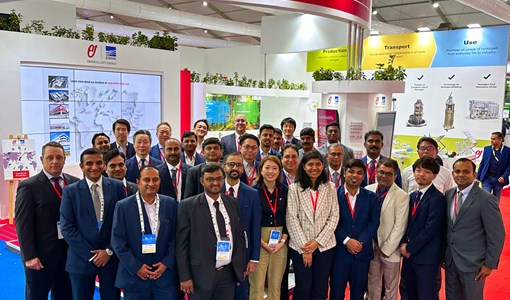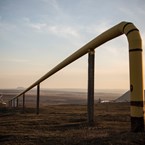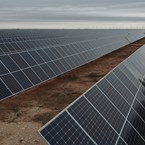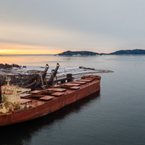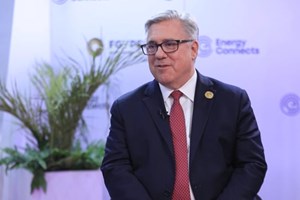Expansion of Thailand’s PTTEP through partnership & technology in Middle East
Phongsthorn Thavisin, President and Chief Executive Officer of PTT Exploration and Production Public Company Limited or PTTEP, discusses the ambitions of Thailand’s E&P arm and why the Middle East is a major part of this expansion strategy.
Having become more active across the Middle East what plans does your company have for further regional expansion and into which areas? In order to enhance our competitive advantages and maintain sustainable growth amid the challenges the industry is facing now and in the future, we are moving forward with an Expand strategy, which we actively implemented earlier this year.
We have now successfully achieved several major milestones. Previously our focus had been towards Thailand, Myanmar and Malaysia as part of the Coming Home Strategy - a dual strategy for South East Asia to consolidate our existing position while at the same time seeking to expand our presence in the region.
In parallel, during that period, PTTEP has also been moving forward to re-establish our presence in the Middle East. The successful conclusion of several major milestones this year is the result of this. Our decision to expand to the Middle East, especially the UAE, was inspired by ADNOC’s CEO Dr. Sultan Ahmed Al Jaber’s determination to raise UAE’s oil production capacity from 3.8 million barrels per day (BPD) to 5 million BPD by 2030. Therefore, early this year, we made significant moves in the UAE with our strategic partner Eni and were awarded two offshore exploration blocks, Offshore 1 and Offshore 2, by ADNOC.
Following that, we acquired Partex, an oil company with a worldwide presence, especially in the Middle East, since 1938. As part of this acquisition one of the significant assets is the consortium in the PDO Block 6 Project, the largest onshore producing oil asset in Oman. We will also be part of the consortia in other important projects in Partex’s portfolio, which totals seven assets across five countries, including the UAE, Oman, Kazakhstan, Angola and Brazil.
Of these, Oman and UAE are the key countries where Partex has invested. These recent developments will allow us to build on existing business partnerships with both the national oil companies of Oman and UAE, and also new ones with other world-class oil and gas players. PTTEP’s vision is to become the “Energy Partner of Choice”, how do you turn that vision into reality? PTTEP was established in 1985 and for more than three decades we have made significant progress to achieve sustainable growth.
At that same time as transforming ourselves to meet future challenges, we also need to ensure we continue to be accepted by our stakeholders, which is the inspiration for our vision to become the “Energy Partner of Choice”. We believe that for today and tomorrow successful businesses are those that have embraced collaboration, which will be just as important as being able to compete. Our vision to be the “Energy Partner of Choice” has been in the making for much of the last 30 years through collaboration with partners like Total, Chevron, Shell, Petronas and others.
But moving forward the new vision statement is a clear shift in PTTEP’s emphasis from being a ‘leader in Asia’ to being a ‘partner’.
This will accelerate our vision further and it has enabled us to solidify existing partnerships and form new alliances, such as with Eni and Mubadala. What are the main challenges the sector will have to face? Oil price volatility driven by sluggish growth of the global economy will remain a major challenge for the E&P industry. Although the range of oil price volatility has narrowed, current stability is built on a number of supply side factors, namely OPEC production cuts, which could come under pressure.
Additionally technological innovations and alternative energy will play a more significant role as trends of cost reduction and improved efficiency in renewable energy and electric vehicles will increase the challenges for the petroleum industry. In this time of sudden changes adaptability and an ability to transform determine how a business can maintain its competitiveness.
At PTTEP, we adjusted our business strategy to accommodate the challenge from advancing technologies in 2018, as part of that one of the key areas identified was the commercialization of technological innovation projects developed within PTTEP including Robotics and AI, Predictive Maintenance and Renewable Energy.
This year we launched a new company AI and Robotic Ventures (ARV) or ARV Solutions which builds upon our specialized technologies in E&P enhancing our competitive capability and this expertise will also become available to support other industries too.
For PTTEP, while I believe that exploration and production will remain our core business we will also need to focus on new businesses and the development of new technology in order to adjust to the changing industry climate.
KEEPING THE ENERGY INDUSTRY CONNECTED
Subscribe to our newsletter and get the best of Energy Connects directly to your inbox each week.
By subscribing, you agree to the processing of your personal data by dmg events as described in the Privacy Policy.

Energy Workforce helps bridge the gender gap in the industry
Mar 08, 2024
EGYPES Climatech champion on a mission to combat climate change
Mar 04, 2024
Fertiglobe’s sustainability journey
Feb 29, 2024
P&O Maritime Logistics pushing for greater decarbonisation
Feb 27, 2024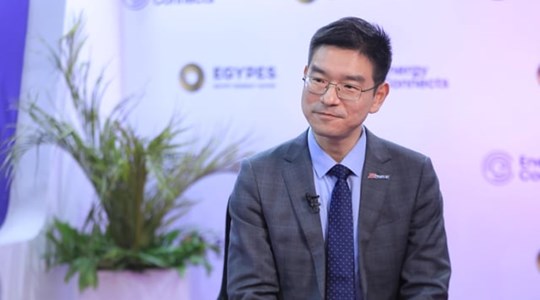
Neway sees strong growth in Africa
Feb 27, 2024
India’s energy sector presents lucrative opportunities for global companies
Jan 31, 2024
Oil India charts the course to ambitious energy growth
Jan 25, 2024
Maritime sector is stepping up to the challenges of decarbonisation
Jan 08, 2024
COP28: turning transition challenges into clean energy opportunities
Dec 08, 2023
Why 2030 is a pivotal year in the race to net zero
Oct 26, 2023Partner content

Ebara Elliott Energy offers a range of products for a sustainable energy economy

Essar outlines how its CBM contribution is bolstering for India’s energy landscape

Positioning petrochemicals market in the emerging circular economy

Navigating markets and creating significant regional opportunities with Spectrum




